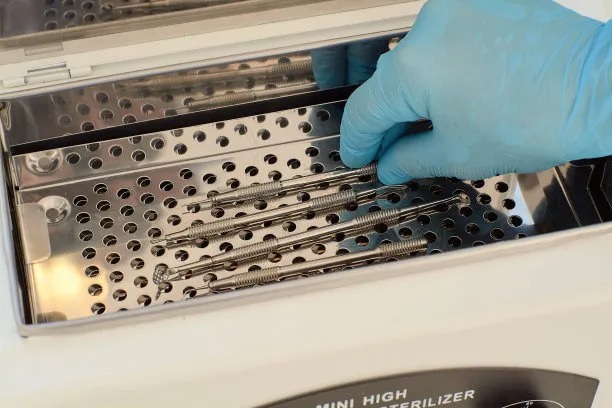The Essential Guide to Safely Extracting a Tooth and Ensuring Optimal Dental Health Afterwards
Summary: Extracting a tooth can be a daunting experience, but with the right guidance, it can be done safely and effectively. This article provides an essential guide on how to properly extract a tooth while ensuring optimal dental health thereafter. It begins with understanding when a tooth extraction is necessary, then discusses the safe extraction process, steps for post-extraction care, and strategies to maintain dental health in the long term. Each section provides detailed insights and practical tips, empowering individuals to approach tooth extraction with confidence and care.
1. When is Tooth Extraction Necessary?

Tooth extraction may become unavoidable for various reasons. The most common scenario is severe tooth decay, where the damage is so extensive that the tooth cannot be restored. At this point, leaving the tooth in place may lead to infections that can affect surrounding teeth and the overall health.
Another reason for tooth extraction is periodontal disease. This condition affects the supporting structures of the tooth, leading to looseness and potential tooth loss. If the disease has progressed significantly, removing the affected tooth may be the best option for preserving oral health.
Finally, overcrowding can necessitate extraction, especially in preparation for orthodontic treatment. In such cases, dentists often recommend removing one or more teeth to create space and align the remaining teeth properly. Understanding these reasons can help individuals know when it is time to consult a dental professional.
2. Safe Tooth Extraction Process
The extraction process begins with a thorough examination by a dentist, who will assess the tooth and surrounding area. An X-ray may be conducted to determine the tooths root structure and any potential complications. Based on this evaluation, the dentist will inform the patient of the best extraction method.
Before the extraction, local anesthesia is administered to numb the area, ensuring the patient remains comfortable throughout the procedure. In some cases, sedation options are available for those who may experience anxiety surrounding dental work. The dentist will gently loosen the tooth using specialized instruments, and once loose enough, it is carefully removed.
Post-extraction bleeding will be managed with gauze and careful monitoring. Following proper protocols during the extraction process greatly reduces the risk of complications, ensuring a smooth experience for the patient.
3. Post-Extraction Care Essentials
After a tooth extraction, following post-care instructions is critical for a smooth recovery. Initially, patients are advised to keep their head elevated and rest to minimize swelling. Applying an ice pack to the cheek for the first few hours can also help reduce any inflammation.
Maintaining proper oral hygiene remains essential, but one should avoid brushing the extraction site for the first 24 hours. Instead, gentle rinsing with warm saltwater after the first day can promote healing and reduce the risk of infection.
Additionally, patients should be mindful of their diet following the extraction. Soft foods are recommended, and it is advised to stay away from hot, spicy, or crunchy items that could aggravate the site. Following these guidelines will facilitate a quicker recovery and promote optimal healing.
4. Long-Term Dental Health Maintenance
Once the extraction site has healed, maintaining dental health becomes a priority. Regular dental check-ups are crucial to ensure that the remaining teeth are healthy and that any concerns are addressed early. Dental professionals can provide tailored advice based on individual needs.
Practicing excellent oral hygiene at home is also vital. Brushing twice daily, flossing regularly, and using an antibacterial mouthwash can mitigate the risk of future cavities or gum disease. A healthy diet rich in vitamins and minerals supports strong teeth and gums.
Lastly, remaining informed and proactive about oral health helps in preventing future complications. Staying educated on dental care practices and potential risks enables individuals to take charge of their dental hygiene effectively.
Summary:
Safely extracting a tooth and ensuring optimal dental health thereafter involves understanding when an extraction is needed, following a professional extraction process, adhering to proper post-extraction care, and committing to long-term dental health strategies. These comprehensive insights empower individuals to face tooth extractions with confidence while emphasizing the importance of ongoing dental care.
This article is compiled by Vickong Dental and the content is for reference only.



